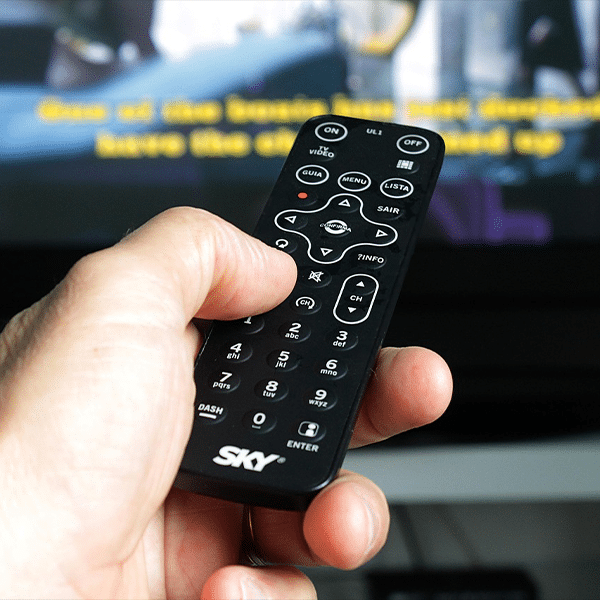 In November, Sandvine, in its “Global Internet Phenomena Report 2H 2012” found that audio and video streaming account for 65% of all downstream fixed line Internet traffic in North America between 9 pm and 12 am, with Netflix traffic accounting for half the total.
In November, Sandvine, in its “Global Internet Phenomena Report 2H 2012” found that audio and video streaming account for 65% of all downstream fixed line Internet traffic in North America between 9 pm and 12 am, with Netflix traffic accounting for half the total.
That puts Netflix in a rather unique position to assess the performance of North America’s Internet Service Providers (ISPs). On Dec. 11, Netflix VP of Content Delivery announced it was launching a program that will “publish monthly rankings of major ISPs based on their actual performance across all Netflix streams.”
Here’s what Netflix has found and published in launching the program:
- Google Fiber is now the most consistently fast ISP in America, according to actual user experience on Netflix streams in November.
- Broadly speaking, cable Internet services rate higher than DSL.
- AT&T U-verse, which is a hybrid fiber-DSL service, shows quite poorly compared to Verizon FiOS, which is pure fiber.
- Charter moved down two positions since October.
- Verizon mobile has 40% higher performance than AT&T mobile.
Florence notes that “average performance is well below the peak performance due to a variety of factors including home Wi-Fi, a variety of devices, and a variety of encodes. The relative ranking, however, should be an accurate indicator of relative bandwidth typically experienced across all users, homes, and applications.”


